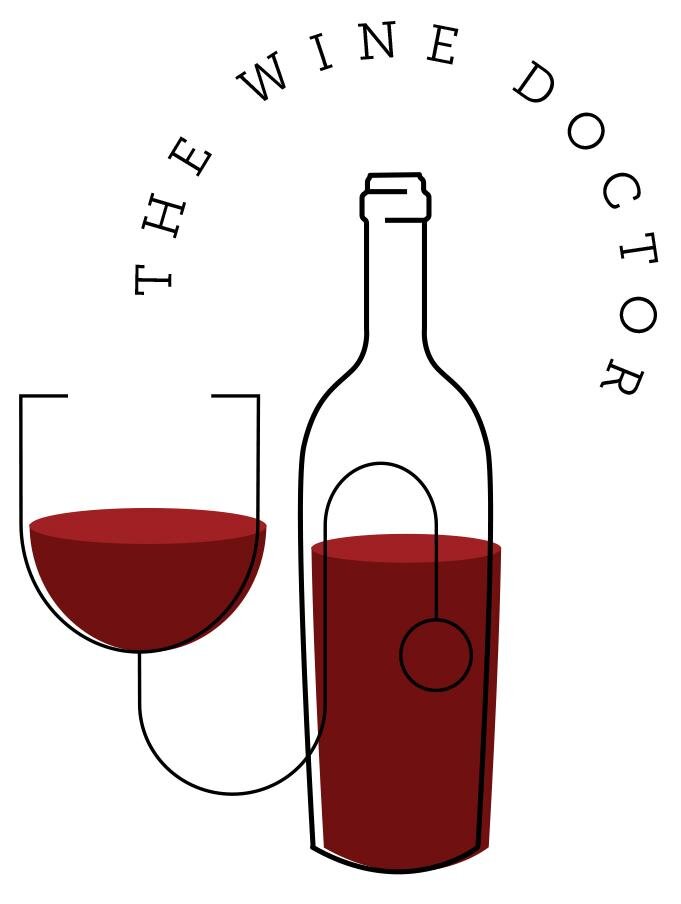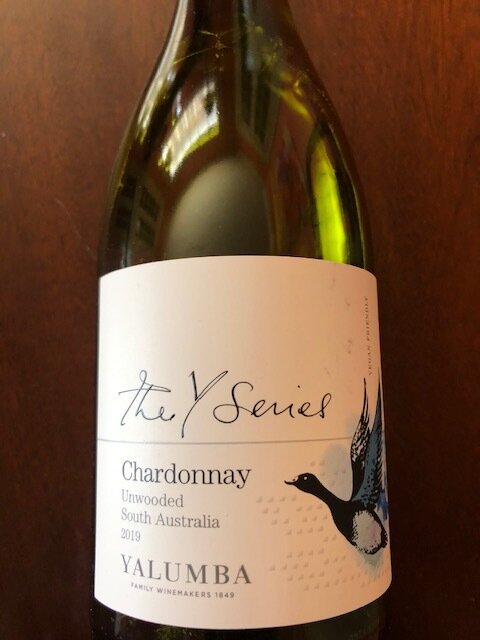G'Day
Another post, another country…and continent. No surprises here. Time to make our first visit to Australia! Australia is the 7th largest wine producing country in the world, so a lot to discover.
A country as large as this, blessed with a warm & dry climate, is bound to have multiple regions capable of producing fine wine. As you can see below, Australia has 4 primary wine growing regions: Western Australia, around Perth; South Australia, anchored by Adelaide; Victoria, surrounding Melbourne; and New South Wales, to the west and north of Sydney.
Our visit will take us to South Australia, specifically the famed Barossa Valley. Home to some of Australia’s great wine producers, two of whom we will be profiling here, Barossa is located northeast of Adelaide. In the map below, that magenta colored patch is where we are going.
Interestingly, the mountain range that helps form the valley was named “Barrosa” by the first Surveyor-General of the new British Province of South Australia. Barrosa comes from a battle of the same name vs the French in the early 1800s. A clerical error resulted in the official registered name being spelled with one “r” and two “s”s. In addition to the English, the Valley experienced a significant influx in the 1840s from German settlers, whose influence can still be felt today.
We will explore two wines from Barossa, one red and one white. Today I will let the white go first. Oh, one more thing before we begin. Both of these wines have screw caps. Don’t be put off by that. That’s how they do it in Australia. Doesn’t mean it is not a good wine.
Our first wine is the 2019 Y Series Unwooded Chardonnay produced by Yalumba. I have to say, it took me three stops to find an Australian chardonnay, particularly one from Barossa. This guy was waiting for me at Whole Foods, and only cost around $13.
Yalumba 2019 Y Series Unwooded Chardonnay
A couple of things to note about this label:
First, the word “Unwooded”. This is telling us, in a quirky way, that the wine spent no time in oak barrels. The term you will most often encounter with this kind of Chardonnay is “unoaked”. Unwooded or unoaked chardonnays tend to have a lighter, crisper style vs the richer, “buttery” sensation you often get from chardonnay that has been aged in oak.
In the upper right corner, you see the words “vegan friendly”. The winery, Yalumba, is a long-time pioneer in biodynamic, sustainable viticulture. They use “wild yeasts” to ferment the wine. These are native yeasts found on the fruit and in the vineyard. Because wild yeasts take longer to ferment, the most notable impact will be on the wine’s texture. For a white wine, this can potentially mean a rounder, smoother feel.
Oh yeah, the bird. That’s a Cape Barren Goose, found in South Australia and once almost extinct. Thanks to preservation efforts, it is making a comeback.
Ok, Yalumba. Another great family-owned story. In the late 1840s, a young man by the name of Samuel Smith left England with his wife and 4 children to settle in Australia. Initially a gardener after arriving, he left the family briefly to join the gold rushes that surged in New South Wales and Victoria in 1851. He returned after 4 months with enough money to buy 80 acres of land, horses and equipment to plant & harvest grapes. Over the next almost 170 years, Yalumba grew entirely under family ownership, with the 5th generation now guiding the business since the 1980s.
Yalumba produces a wide range of reds, whites and rose, from everyday bottles like our “Y Series”, to higher-end, more limited projects such as “The Signature”, a Cabernet & Shiraz blend. To help ensure quality control from start to finish, they even have their own nursery and cooperage. Here is a picture of the Yalumba “Clocktower”, built at the turn of the 20th century:
Tasting:
In the glass, this chardonnay has a pale to medium yellow color. The nose gives you green apple, along with some mineral notes. That first sip (make it a good one- swish it around before swallowing), is surprisingly diverse. For me, its starts off with that mineral/flint note from the nose, coupled right away with a creamy, nutty quality that comes from the wild yeast ferment. This wine spent some time on its lees (see December Wine, part 2, for an explanation of lees), which helps impart this characteristic. What surprised me most was a quick transition at the end to citrus notes with good acidity. The finish was longer than I expected.
The Bottom Line:
Lots going on here. The Y Series is an everyday wine, priced very affordably. I was pleasantly surprised at how much I enjoyed it. I guess it exceeded my expectations. From a Food & Wine pairing perspective, here’s what Yalumba recommends: “try with pan fried haloumi with lemon and parsley, or chickpea, zucchini and carrot fritters with a green mango salad”. For me, not being a fried haloumi guy (had to look that one up), I would say more simply this is a great partner with shellfish, salmon cakes or entrees with a cream sauce.
Our Next Wine: Thorn-Clarke 2016 Shotfire Shiraz. Purchased at Heinens for around $19. Thorn-Clarke, like Yalumba, is a big producer so you shouldn’t have any trouble finding their wines.
Thorn-Clarke 2016 Shotfire Barossa Shiraz
New World label. Pretty simple right? Grape varietal is right up front. Even if you weren’t familiar with the name Barossa (but you are now!), you probably know that Shiraz is a red wine common to Australia. The other piece of information you can’t see in this picture are the words on the seal in the lower right, which say “Family Owned, Estate Grown”, two things the Doctor likes to see.
Shiraz. Is that a grape unique to Australia? Not exactly. While the name “Shiraz” is found mostly in Australia (you will see it in South Africa as well), the grape is our friend Syrah, who we started to get to know in the very first post- Thanksgiving Wine! So why do the Aussies give it a different name and how did it get down under?
In the 1830s a Scotsman by the name of Busby, considered the father of Australia viticulture, made a trip to Europe and brought back vine cuttings, including Syrah. Busby spelled the grape “Scyras”. The cuttings were planted, took off and by the 1860s the grape had become well established. Over time, the name morphed slightly to become “Shiraz”, and the varietal is now the most popular and most planted in Australia.
A quick tutorial on Shiraz vs Syrah:
As we highlighted in Thanksgiving Wine, Syrah is the star of the Northern Rhone in France, and an important supporting character in the Southern Rhone. The moderate climate produces wines that are medium to full bodied, with good tannins. The style can be characterized as more elegant, with integrated fruit and sometimes a “smokey” or “meaty” element to them.
Shiraz, growing in a hotter climate, tends to be a little more fruit forward, with softer tannins and a jammier quality. Also a little higher in alcohol.
Before we swirl, sniff and taste, let’s learn a little about Thorn-Clarke and find out what a “Shotfire” is.
The husband and wife owners of Thorn-Clarke represent the hard work of two Barossa Valley families going back to the 1870s. Although they grew grapes and sold the fruit for many years, it wasn’t until 2001 that Thorn-Clarke bottled its own wine. Today, they have roughly 675 acres across four different vineyards in Barossa and Eden Valley.
An ancestor of David Clarke was closely involved with the opening of South Australia’s largest gold mine. Paying tribute to this heritage with the Shotfire bottlings, a shotfirer is someone who assembles, positions and detonates the explosive charges in the mines. Definitely need some wine after a day on that job.
One more thing. I discovered that Thorn-Clarke has a spot outside their tasting room where you can hit a golf ball.
After several samples, I’m sure the swing improves (I know mine does). By the way, that’s not your Doctor in the pic…
Now…to the glass!
Tasting:
This Shiraz has a beautiful deep ruby, almost purple hue in the glass. The nose was what you’d expect: dominated by dark fruits. That first taste delivered classic Shiraz. The initial hit was like blackberry jam and stewed plums. I got some chocolate notes as well. Despite what I said earlier about softer tannins in Shiraz vs Syrah, you can feel them here. This is probably a function of the 14 months the wine spent in American Oak, 40% of which was new. Despite the higher alcohol (14.5%), the finish was balanced.
The Bottom Line:
In the spirit of full disclosure, your Doctor has been much more a fan of Rhone Syrahs than Shiraz, but I have to say this was an enjoyable wine. I had it with some left-over ribs and it was a perfect match. Any dark meat, particularly something well-spiced is where you want to go. Lean meats such as venison would be a good pairing. Lamb too. Think Spice Route. You could even go Indian and Asian. If you don’t have Shiraz in the rotation, I would definitely recommend (prescribe?) that you give it a try.
Other Suggestions
Once again, with such a large wine producing country, where to begin? I will just leave you with some other consistently good producers of red & white wine in Australia to look for. Please note, some of the wines they make are WAY beyond our everyday guidelines, but look for any lower priced offerings. They should be high quality:
Penfolds (makes what many consider Australia’s greatest wine, Penfolds Grange)
Torbreck (great GSM blends)
Henschke
Leeuwin Estate (“Art Series” chardonnay)
Petaluma (more everyday priced wines)
Kilikanoon (same as Petaluma)
Well, time to go. I hope you have enjoyed. As always, please let me know what you think and what you are drinking!
Until next time…Cheers!






